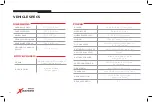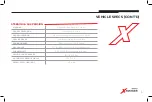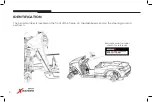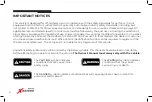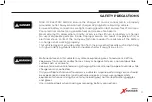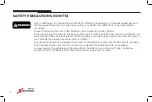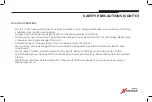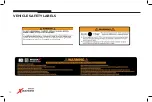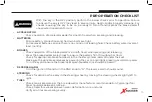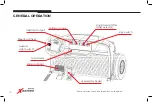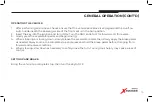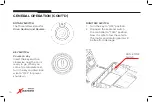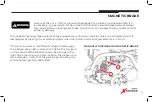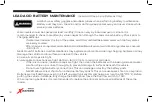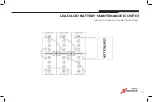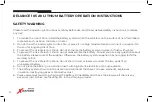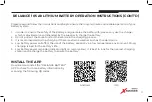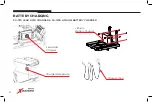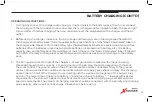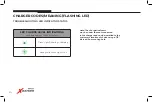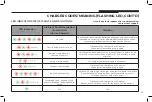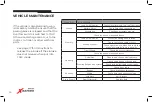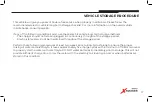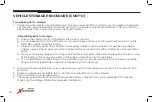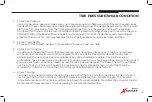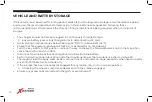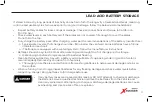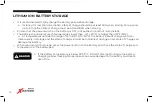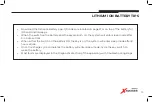
18
(Lead-Acid Deep Cycle Batteries Only)
LEAD ACID BATTERY MAINTENANCE
• Water levels should be checked at least monthly (time can vary by individual use or climate; it is
recommended to check more often) by visual inspection through the caps on each battery. Check prior to
charging batteries.
• If water level is below the top of the plates, add ONLY distilled/deionized water until battery plates
are barely covered.
• After charge is completed, add additional distilled/deionized water until battery plates are covered
~0.5in/1cm.
• NEVER overfill batteries. Overfilled batteries may explode and/or spill acid during charging. Spilled acid may
damage the vehicle and/or surfaces underneath the vehicle.
• Ensure all vent caps are tight.
• Ensure cable connections are tight 95-105 in-lb (10.7-11.9 N-m) and not corroded.
• If there is corrosion, make sure caps are tight, then clean the batteries with a baking soda and water
solution. Wipe up or rinse thoroughly to prevent damage to surfaces beneath the vehicle.
• Do not over-tighten battery connections. This can damage or destroy the battery posts.
• NEVER allow a direct short of an individual battery’s posts. This can cause sparks, fire or an explosion.
• Batteries will self-discharge over time if left unused (typically 13% discharge per month at 25°C/75°F). Before
putting the vehicle in storage, fully charge the battery and move the Run/Tow switch to TOW.
• When replacing batteries, it is recommended to replace the entire set and use all batteries of the same
model.
ALWAYS wear safety goggles and rubber gloves when performing battery maintenance.
Battery acid may burn the skin and/or clothing. Keep sparks away and never smoke while
working near batteries.

